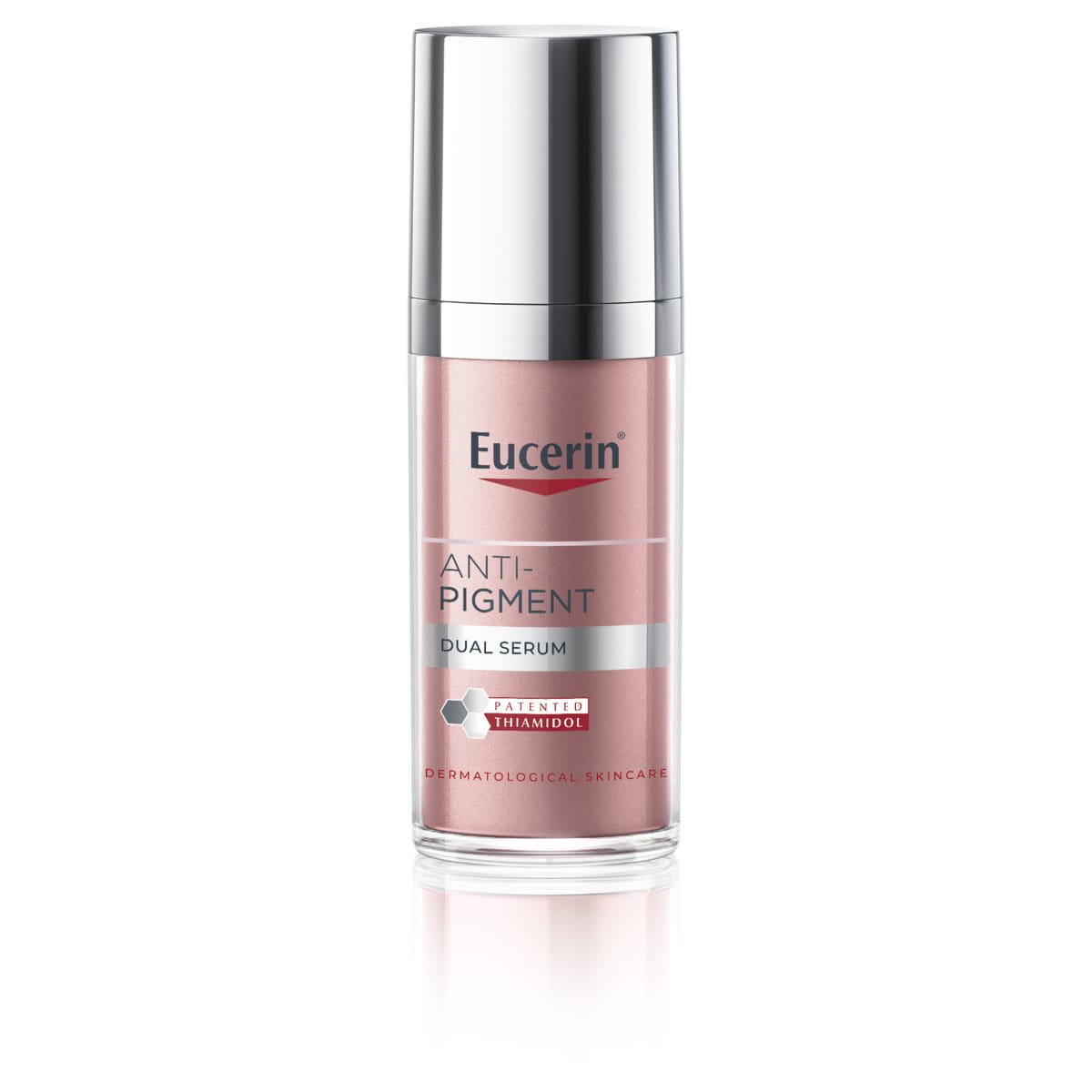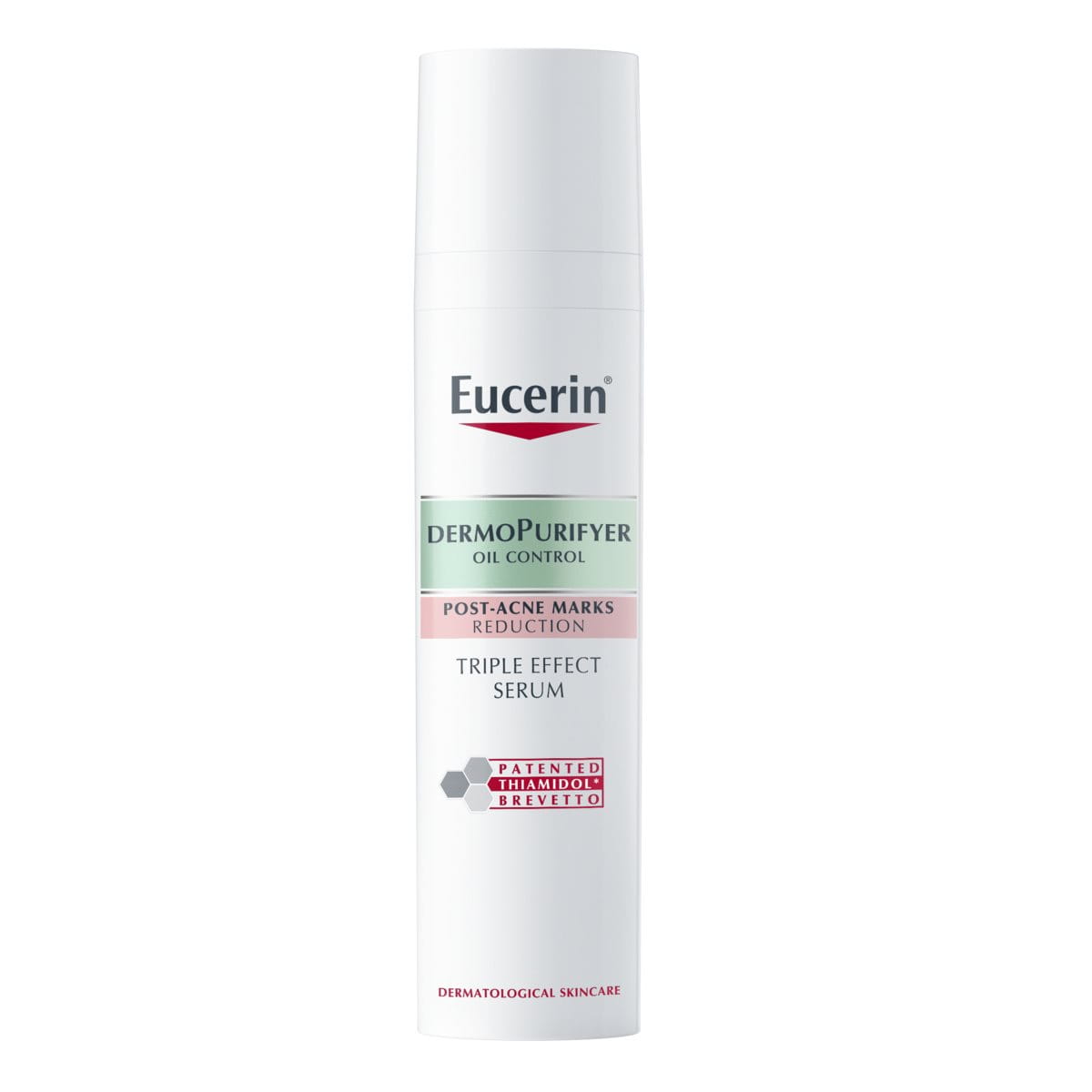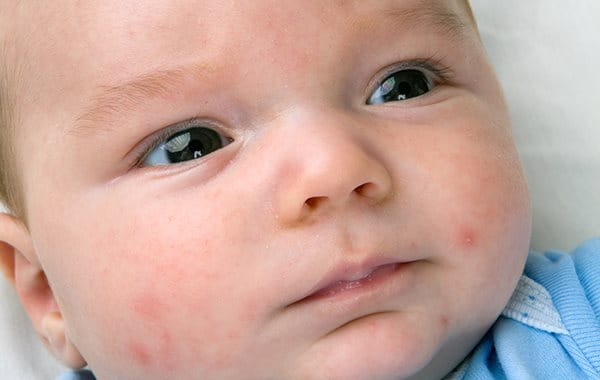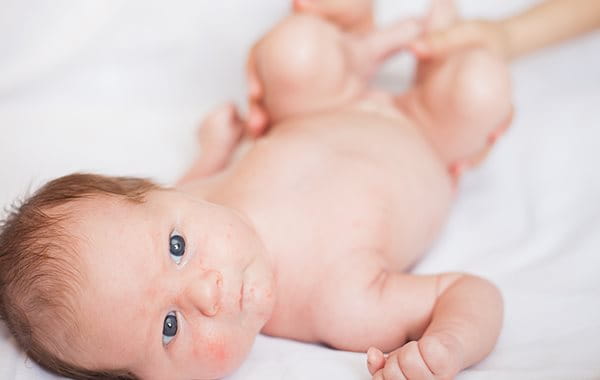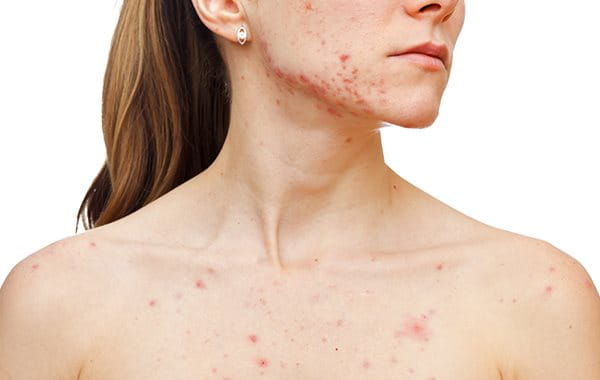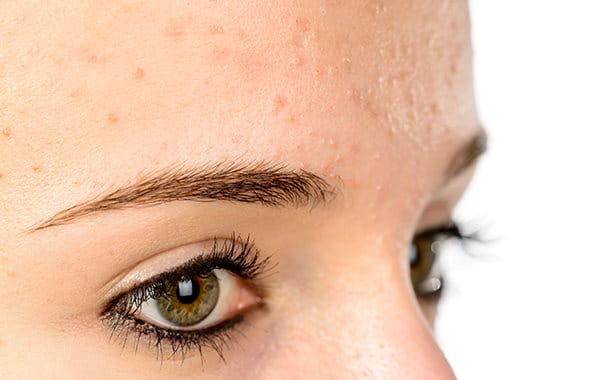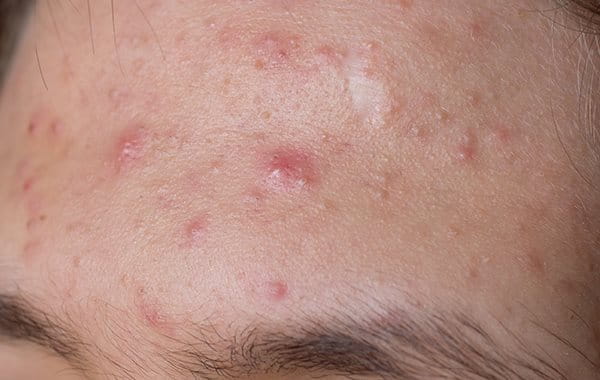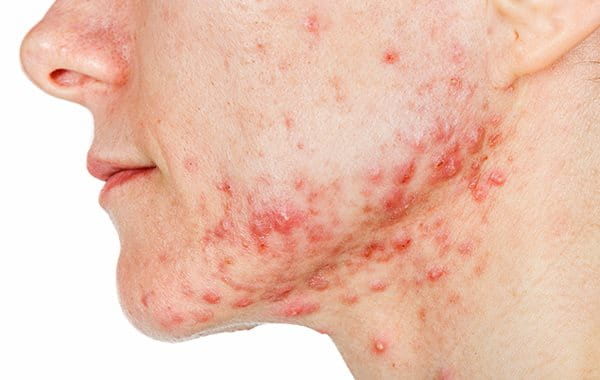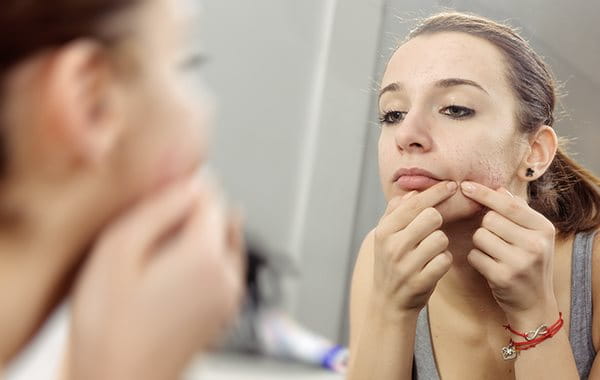Acne is sometimes labelled according to the age at which it occurs: baby acne, teenage acne, adult acne etc., but it is also described according to the severity of its symptoms (e.g. Acne Conglobata) and, at other times, the various forms of acne are grouped according to the external causes that may have triggered blemishes (e.g. Cosmetic and Mallorcan Acne).
This article looks at all three different ways of grouping acne and explains the names, likely triggers and symptoms of each different type.
We use terms such as comedones, papules and pustules to describe the different forms of acne. If you’re not familiar with these, you can find an explanation of the terms used to describe blemishes in Acne-prone skin in general.
If you’d like to find out more about how blemishes and acne develop, take a look at the development of acne and the causes and triggers of acne. For how to care for skin, read the ideal skincare products and routine for acne-prone skin and acne medication and common treatments.
This article may help you identify the type of acne that you have but, if you are still in doubt after reading it, and if your skin is causing you problems, then you should consult your doctor who will be able to give you the information and advice you need.
